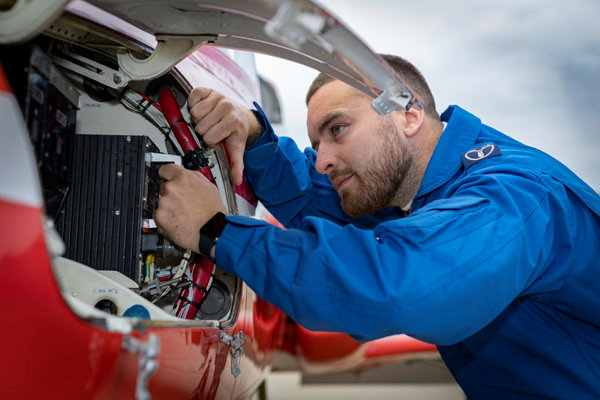
What Does STEM Mean For The RAF?
STEM is an abbreviation for Science, Technology, Engineering and Mathematics.
The success of the RAF is largely thanks to the talented people in critical STEM roles such as engineers, logistical officers, aviation technicians, pilots, cyberspace specialists, and medics.
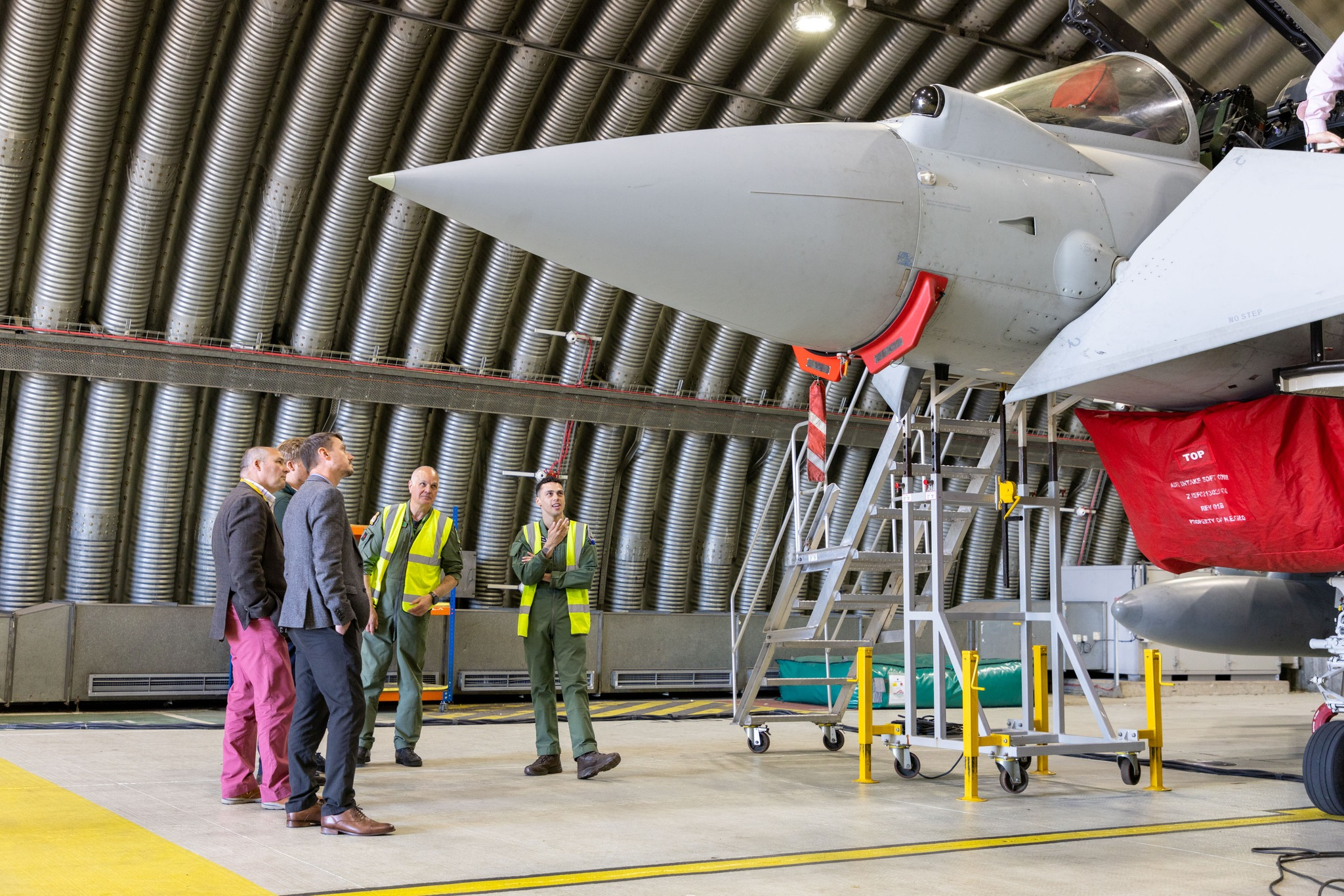
STEM and Aviation in Scotland
The people of Scotland have contributed to aviation in every possible way. Lieutenant General Sir David Henderson and Lord Dowding, both Scots, were among the earliest senior officers of the RAF and played significant roles in the history of the service.
Robert Watson Watt, born in Angus, was a pioneer of radio direction finding and radar technology during World War II.
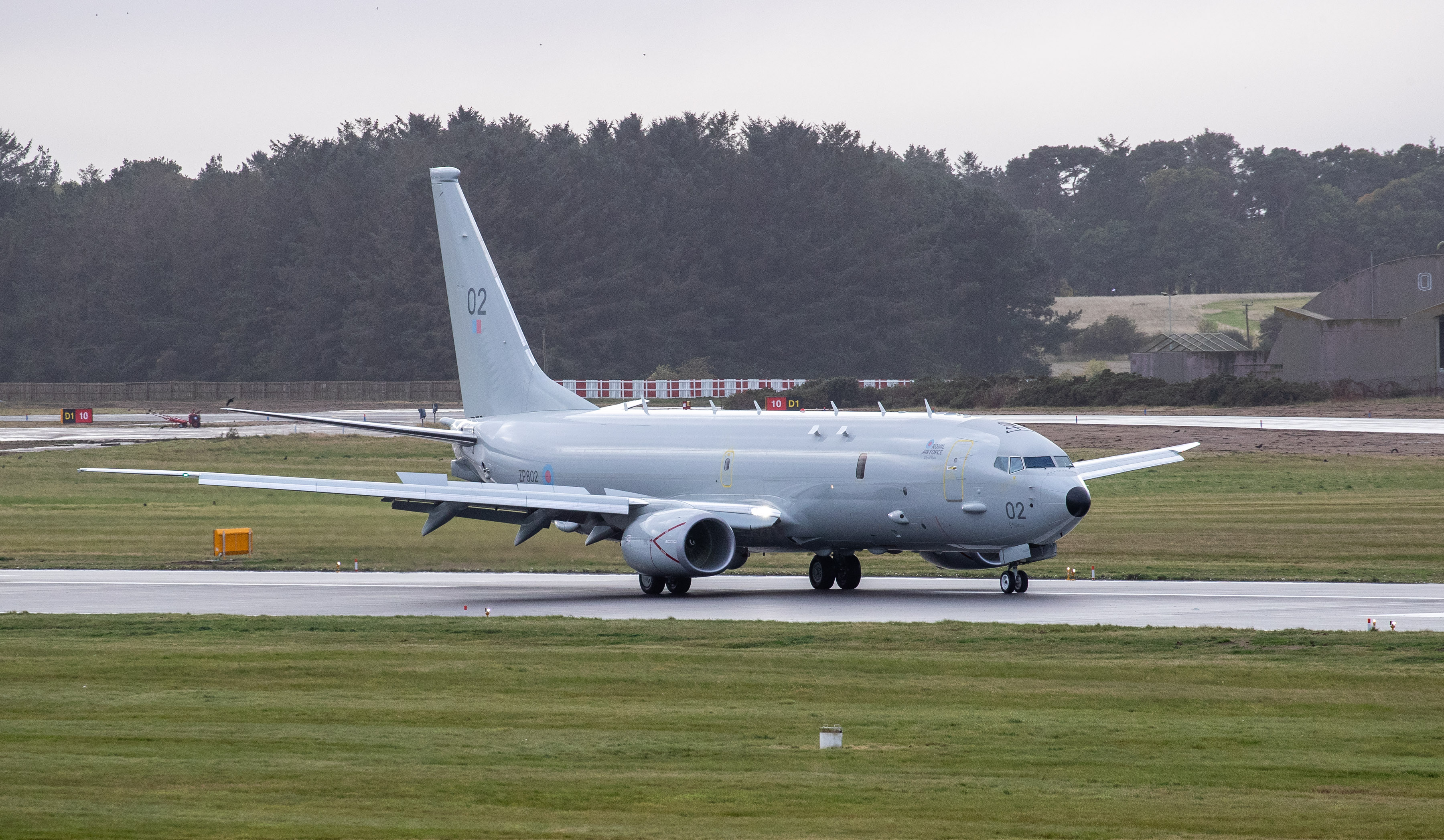
Fast forward to the present day and his work on radar technology has laid the foundation for the development of radar systems used in military aircraft today, including the Poseidon P-8 maritime patrol aircraft based at RAF Lossiemouth.
The Poseidon is equipped with advanced radar systems for maritime surveillance, anti-submarine warfare, and reconnaissance missions.
Aircraft manufacturing, maintenance and support have also long been features of Scottish aviation. The Rolls Royce aero-engine factory in Hillington, near Glasgow, was vital to the British war effort as it manufactured Merlin engines for Spitfires and Lancaster Bombers. You can read more about notable aviation sites in Scotland here: www.scottishaviation.org.uk/trails

Credit: Glasgow City Archives
Today, whilst Scotland has shifted away from military aviation manufacturing there is still much investment in the aviation industry. Back in March, the UK Government announced an £83 million investment at RAF Lossiemouth set to create more than 100 UK jobs.
The investment will be used to build a new facility ready for the arrival of the UK E-7 Wedgetail fleet at Lossiemouth.
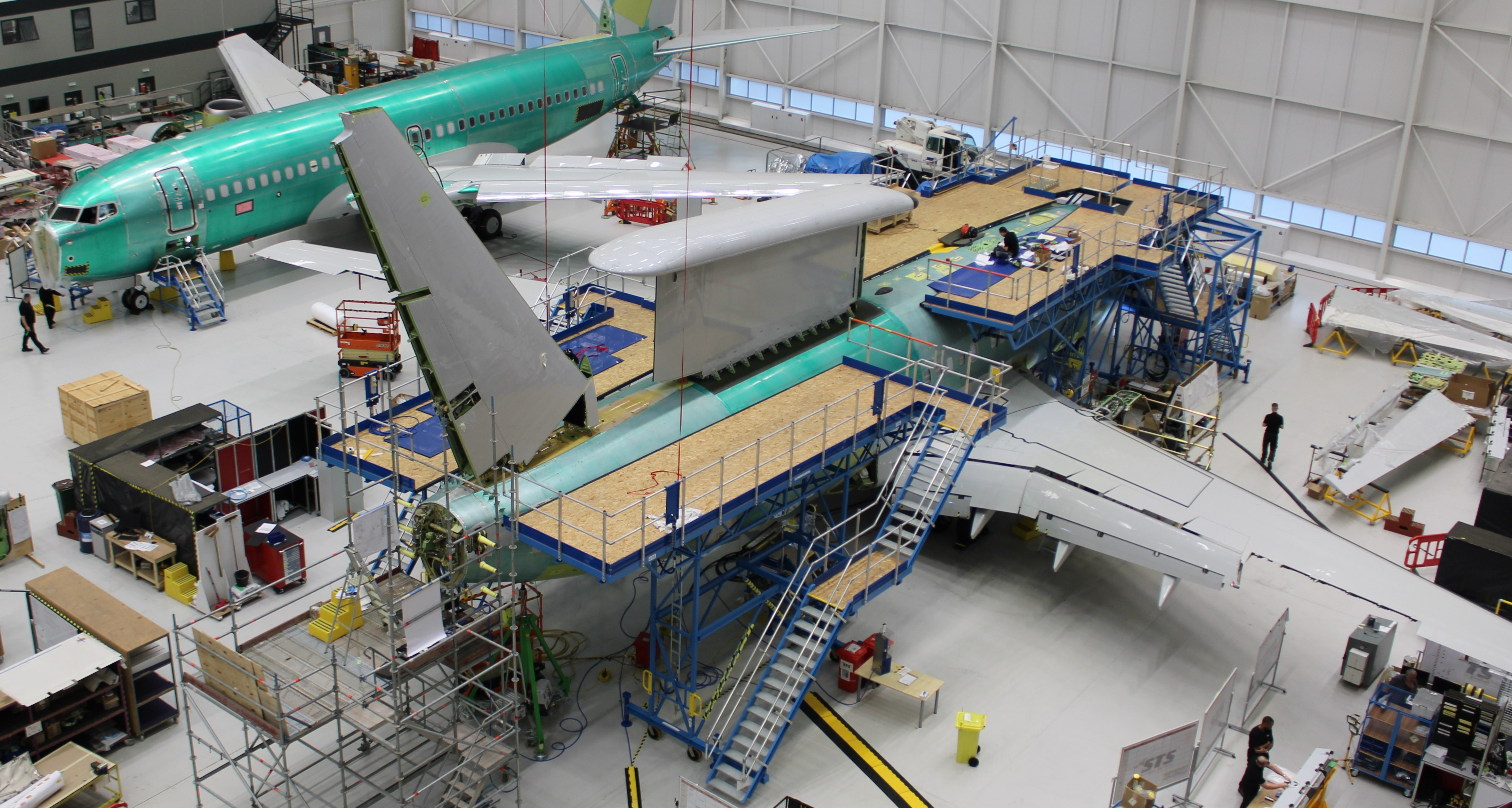
Scottish Pioneers: Founding the RAF Medical Services
The first years of aviation were dangerous ones with a lot of crashes due to engine failures and unreliable machinery. Sir David Henderson, born in Glasgow, was one pioneer who recognised that work needed to be done to protect pilots when faced with potentially disastrous events.
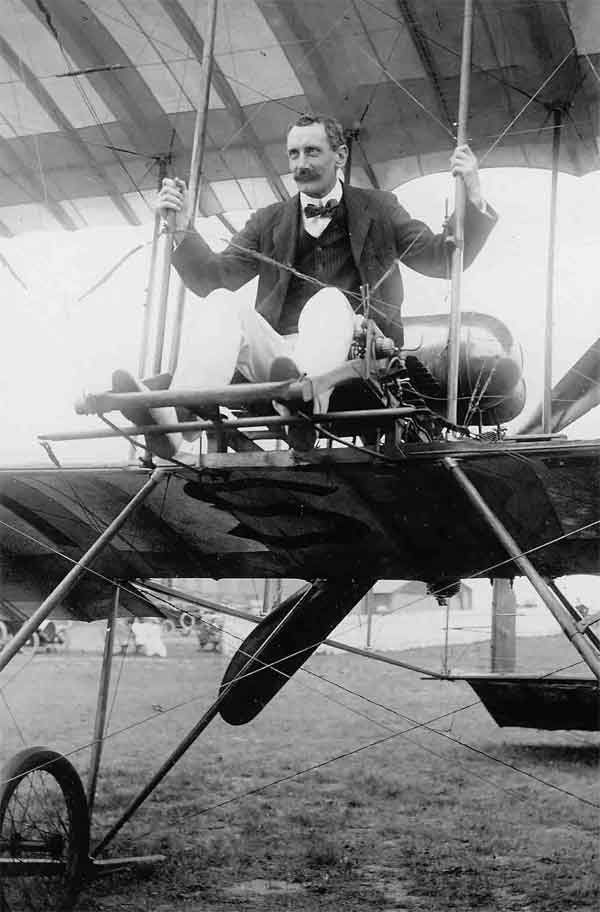
Henderson's interest in the physical and psychological toll that flying had on aviators played a fundamental role in establishing the RAF Medical Service.
Following the loss of many on the front line, and his own son during training, he helped found the Royal Flying Corps (RFC) Medical Services, recognising the need for specialised medical support for aircrew engaged in aerial warfare.
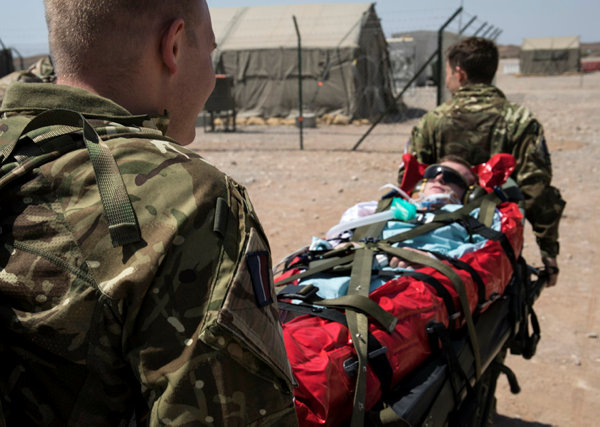
Henderson understood the importance of rapid medical evacuation for wounded personnel from the front lines to well-equipped medical facilities.
He emphasised the need for efficient and safe aeromedical evacuation procedures, saving countless lives during World War I.
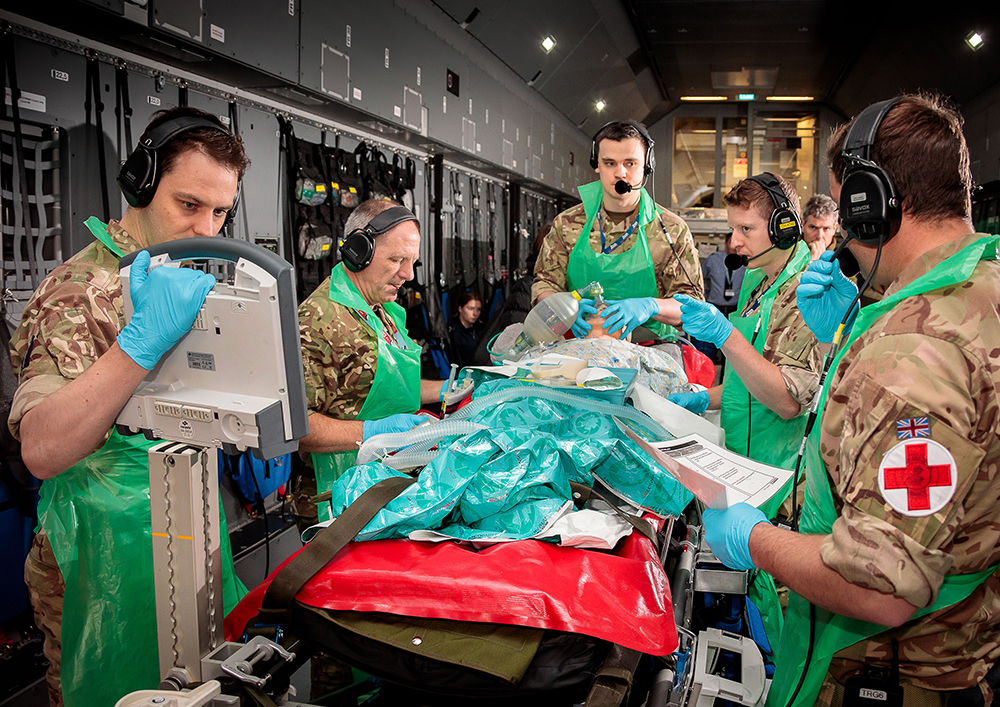
Once the RAF was founded in 1918, Henderson ensured that medical personnel, including doctors, nurses, and medical orderlies, were integrated into RAF squadrons and units.
This close integration allowed immediate medical attention to be provided to injured personnel, reducing the critical response time.
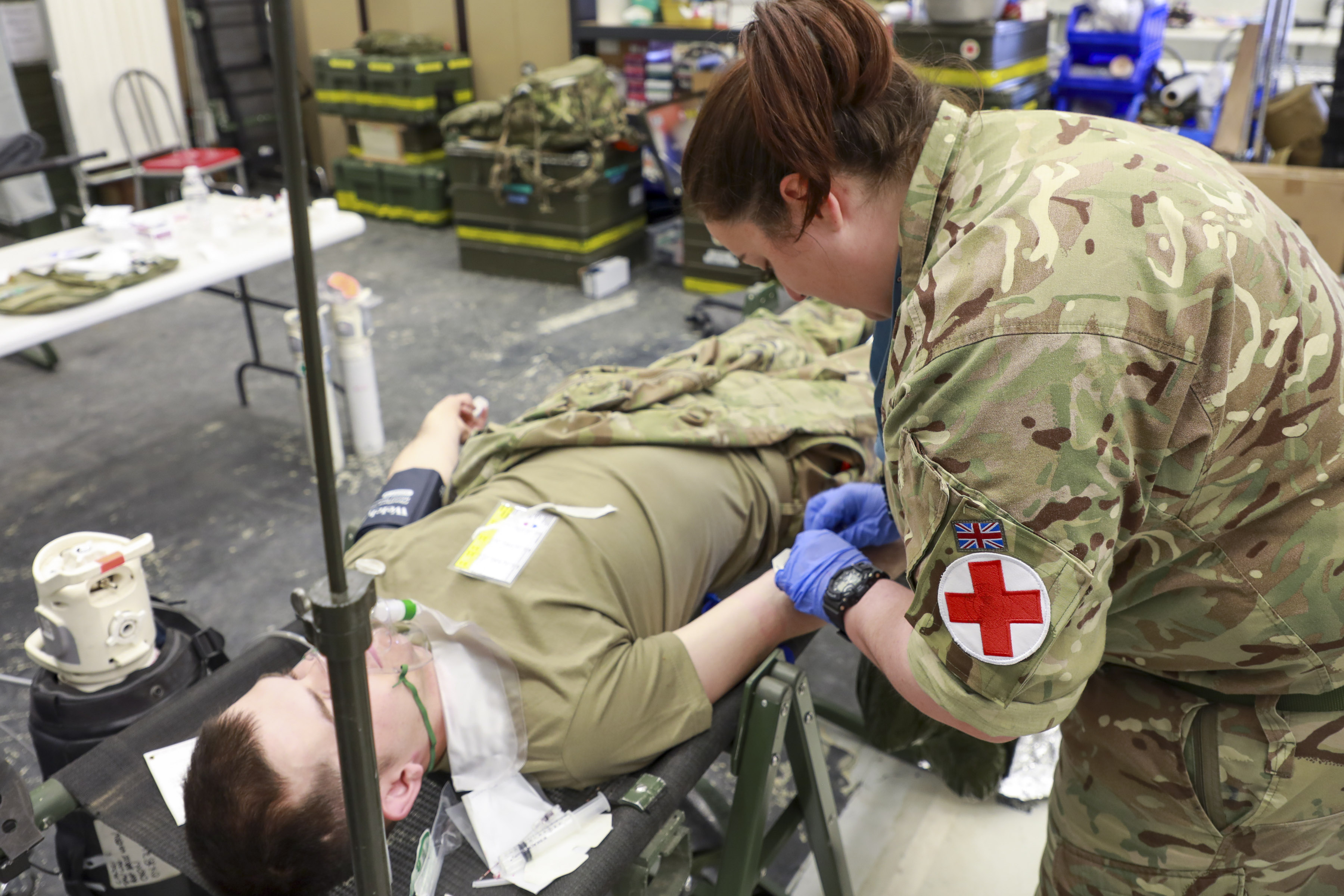
RAF Youth STEM
The Royal Air Force wants to see more young people studying STEM subjects to open up opportunities for exciting and rewarding careers. That’s why our RAF Youth STEM team visit schools and communities around the UK and overseas to run hands-on activities and competitions with school students.
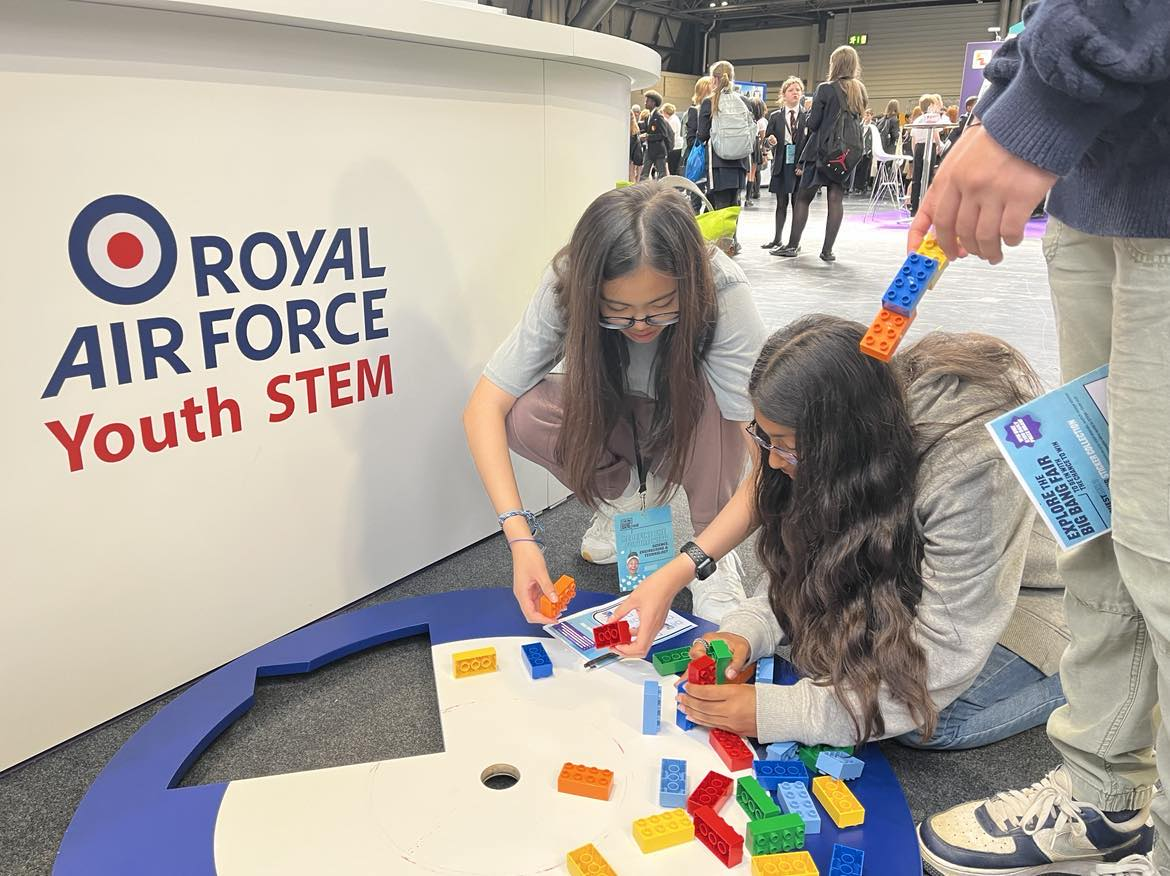
We’ve created fun and free STEM activities, suitable for 6-14 year olds, that you can download here: https://rafyouthstem.org.uk/resources/




